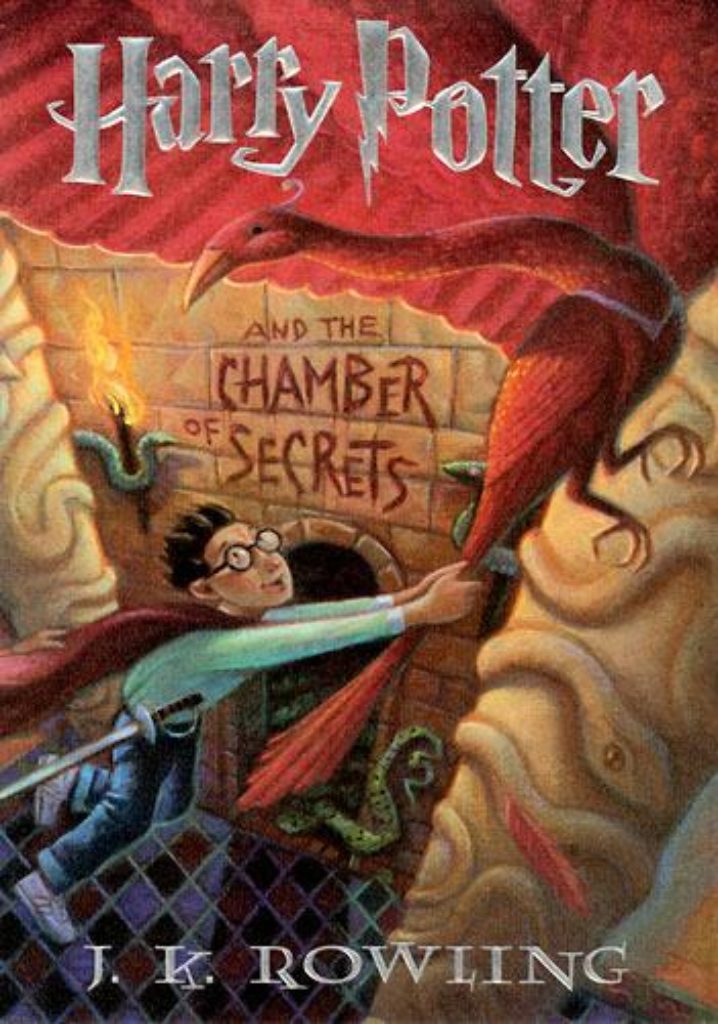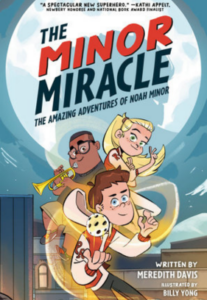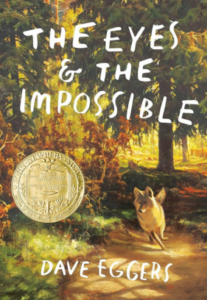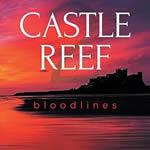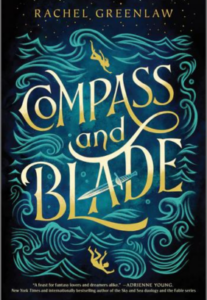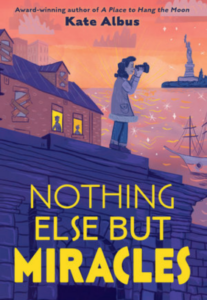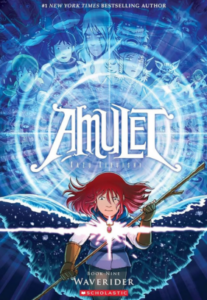After a particularly horrible summer at home with the Dursleys, Harry can’t wait to return to Hogwarts for his second year. Banished to his bedroom, Harry receives a visit from an elf named Dobby, who warns him that he must not return to the school, for great danger awaits him there. Finally, he is rescued from his bedroom prison by Ron and his brothers in their flying car. Despite Dobby’s warnings, Harry returns to Hogwarts and stumbles right into the mystery of the Chamber of Secrets.
On Halloween night, Harry, Ron and Hermione find a message painted on a wall that reads, “The Chamber of Secrets has been opened. Enemies of the Heir, beware.” They soon discover that the Chamber of Secrets contains a deadly monster, that it hasn’t been opened for 50 years, and that the last time it was opened, someone died. “The heir” in the message refers to a descendant of one of the school’s four founders, Salazar Slytherin, who had an affinity for the dark side of magic.
Apparently, only Slytherin’s heir would be able to open this Chamber of Secrets and use the monster within to cleanse the school from all “Muggle-borns” and “halfbloods” whom he felt were unworthy to study magic. Suddenly, students who don’t come from “pureblood” wizarding families begin turning up petrified. Harry and his friends must solve the mystery before the monster goes beyond petrifaction and kills again.
At the end of this story Harry again meets and defeats Voldemort, who has found another body to inhabit, and another life to feed off. Again, Harry defeats the evil one, but questions linger in the air, and the reader must assume that Harry still hasn’t seen the last of his enemy.
Positive Elements
1) Denunciation of pride.
New professor Gilderoy Lockhart is unbearably vain and perpetually concerned with image and publicity. Because it is Harry and Ron—not Lockhart—who defeat the monster in the Chamber, he is uncovered for a pompous fool. The message is clear that actions speak louder than words and that self-aggrandizement is a hollow joy.
2) Justice.
One mystery left unsolved in Book I is finally unraveled—why was Hagrid expelled from Hogwarts? Justice is finally served when Harry, Ron and Hermione prove that Hagrid was framed by the student who would later become Lord Voldemort.
3) Respect.
Professors McGonagall and Dumbledore are portrayed as adults very worthy of respect—Harry always wants to please them, and he is repeatedly rewarded for the good choices he makes under their advisement.
4) Loyalty.
Harry and Ron defend Hagrid and see his name returned to its deserved good repute, because he is their friend and they believe in him. Also, Harry’s loyalty to good professor Dumbledore is what summons help to him in his battle in the Chamber.
5) Courage.
Harry’s selfless bravery is what allows him to save Ginny’s life and defeat the monster, even at a risk to his own life.
6) The power of truth and love.
When he meets Voldemort and the monster in the Chamber, Harry repeatedly speaks what he knows to be true, even though he doesn’t understand how it will help. The truth helps to disarm Voldemort. Also, Harry again appeals to the sacrificial love of his mother, who died to save him. This love is something the enemy can neither understand nor overcome.
Disobedience and Lying
Harry repeatedly lies to avoid answering difficult or annoying questions or to avoid explaining his actions. And, as in Book I, it is through breaking rules that the heroes solve the mystery and defeat the enemy: “‘There might be a way [to find out who is the Heir of Slytherin],’ said Hermione slowly, dropping her voice still further with a quick glance across the room at Percy, ‘Of course, it would be difficult. And dangerous, very dangerous. We’d be breaking about fifty school rules, I expect.'”
But, in contrast with the punishment and apparent repentance in Book I, Harry and his friends are ultimately rewarded, not punished, for their rule breaking in Book II: “‘I seem to remember telling you both that I would have to expel you if you broke any more school rules,’ said Dumbledore [the Headmaster]. … ‘Which just goes to show that the best of us must sometimes eat our words.'”
Harry’s Family
Harry’s awful adoptive family (“It’s not possible to live with the Dursleys and not hate them”) is again compared with the love of the surrogate family he’s found through his Hogwarts friends (“What Harry found most unusual about life at Ron’s, however, wasn’t the talking mirror or the clanging ghoul: It was the fact that everyone there seemed to like him.”)
Ron shows selfless devotion to his own family when his sister Ginny’s life is in danger: “‘I’m going down there [into the Chamber of Secrets],’ he said. He couldn’t not go, now that they had found the entrance to the Chamber, not even if there was the faintest, slimmest, wildest chance that Ginny might be alive.”
Bathroom Humor
For some reason, author J.K. Rowling chooses to make the scene of the mystery’s unraveling a bathroom. So you have a ghost that hides in a toilet and repeated (though, admittedly, not vulgar) references to bathroom things: “I don’t want to talk to Moaning Myrtle. … She haunts one of the toilets in the girls’ bathroom on the first floor. … It’s been out of order all year because she keeps having tantrums and flooding the place. I never went in there anyway if I could avoid it; it’s awful trying to have a pee with her wailing at you.”
Violent Content
The monster in the Chamber of Secrets speaks to Harry through the castle’s walls, saying, “Come … come to me. … Let me rip you. … Let me tear you. … Let me kill you.”
The resident dormitory ghost Nearly Headless Nick complains about the way he was killed (since the murderer didn’t succeed in completely decapitating him, he has been disqualified from participating in the Headless Hunt): “‘… you would think, wouldn’t you,’ he erupted suddenly … ‘that getting hit forty-five times in the neck with a blunt axe would qualify you to join the Headless Hunt?'”
Moaning Myrtle, though already dead, tries to kill herself again. When Harry defeats the monster in the Chamber, the scene is bloody: “A sudden shower of dark blood spattered the floor. The snake’s tail thrashed, narrowly missing Harry, and before Harry could shut his eyes, it turned—Harry looked straight into its face and saw that its eyes, both its great, bulbous yellow eyes, had been punctured … blood was streaming to the floor, and the snake was spitting in agony.”
Spiritual Elements
As in Book I, magic is employed extensively as a tool, an art, a diversion and a weapon. “Bless them, [Muggles, or nonmagical people] will go to any lengths to ignore magic, even if it’s staring them in the face.”
“Harry stared around. He had emerged into a dingy alleyway that seemed to be made up entirely of shops devoted to the Dark Arts. … Opposite was a nasty window display of shrunken heads and, two doors down, a large cage was alive with gigantic black spiders.” The Dark Arts are again portrayed as frightening, dark and an evil that Harry and his friends must fight against.
Harry also finds out that he’s a parselmouth, or someone who can talk to snakes. At first he is frightened because the ability to speak in this tongue has generally been granted only to Dark wizards, but eventually it becomes clear that Harry will be able to use his parseltongue for good—to defeat the monster in the Chamber of Secrets.
Conclusion
For many children, curiosity about things such as “parselmouths,” “shrunken heads” and “Moaning Myrtles” cannot be met in a healthy manner. And they can become enamored with what Star Wars calls “The Dark Side” and Rowling calls “The Dark Arts.” A Christian parent’s responsibility, then, is to direct children away from witchcraft and worldly wisdom, and toward the proper source of truth—the Bible.



